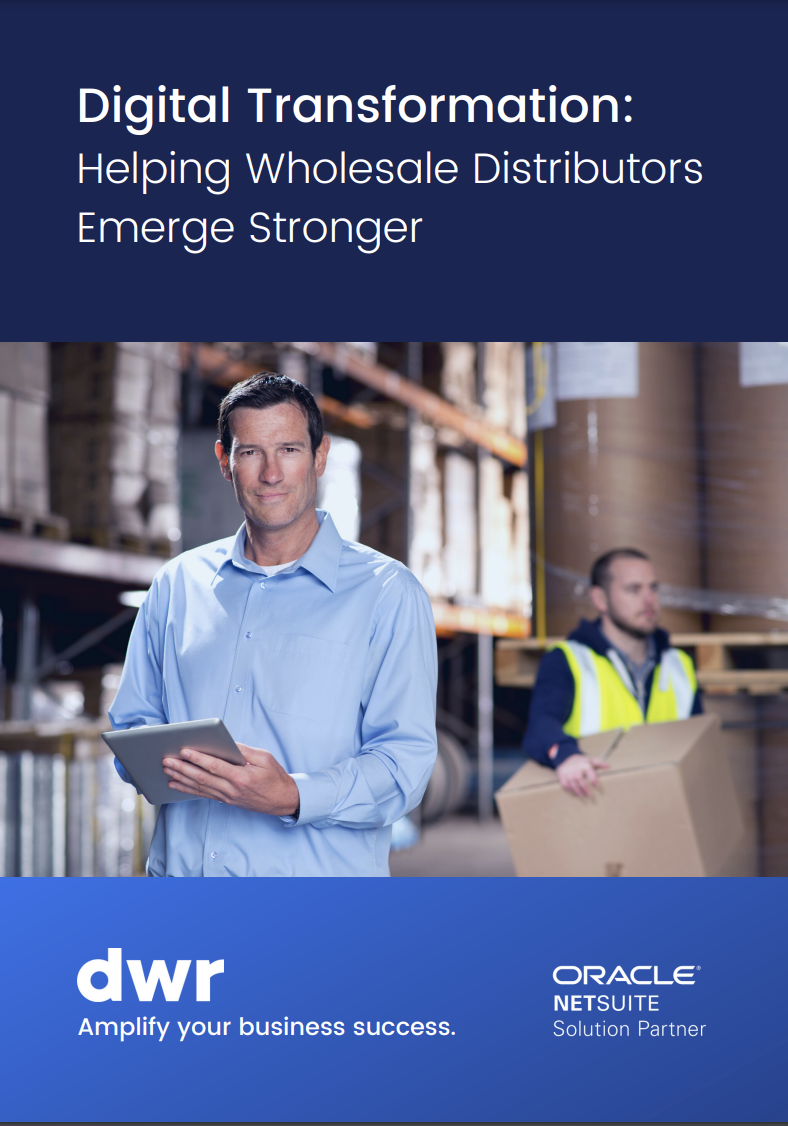Wholesale distributors face growing challenges—from shifting consumer demands to rising competition. The solution lies in digital transformation. By adopting modern systems and processes, wholesale distributors can streamline operations, enhance customer experiences, and gain a competitive edge.
What You’ll Learn:
- Optimise Stock Levels: Avoid overstocking and understocking with automated inventory management and demand planning tools that ensure the right balance year-round.
- Enhance Efficiency: Eliminate picking errors, speed up order fulfilment, and reduce manual processes with advanced technologies like barcode scanning and automated stock routing.
- Deliver Memorable Customer Experiences: Empower sales reps with detailed customer insights and provide online portals for real-time product, pricing, and stock information.
- Automate Processes: Free up staff to focus on growth by automating low-value tasks such as purchase orders, sales follow-ups, and financial reporting.
- Think Differently: Adopt design thinking to uncover innovative, customer-centric solutions for addressing evolving business challenges.
.svg)
